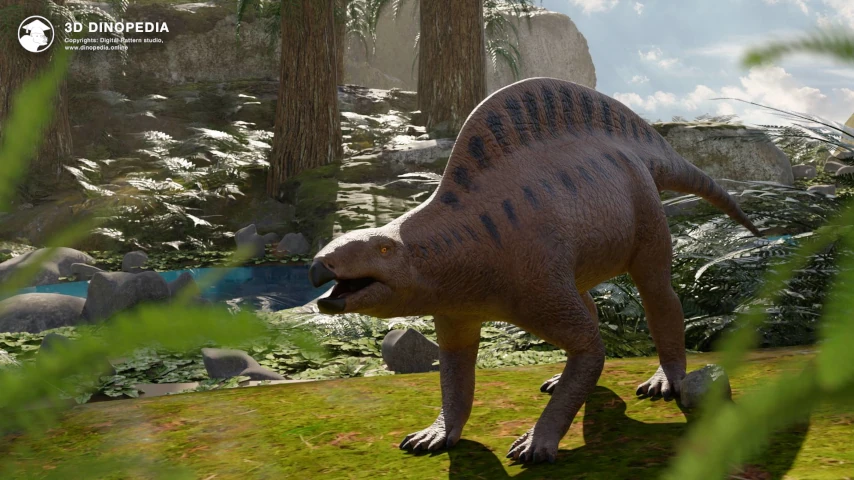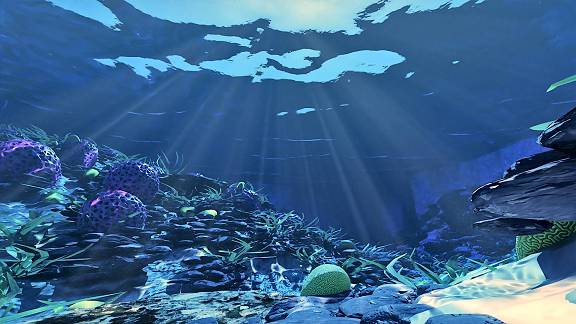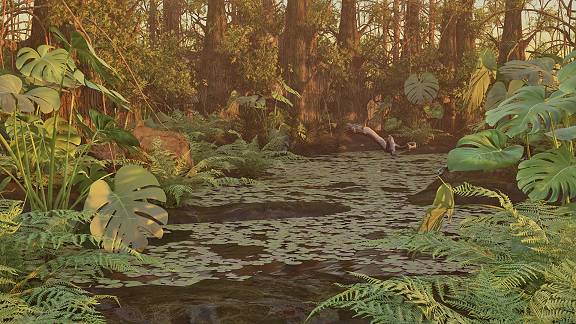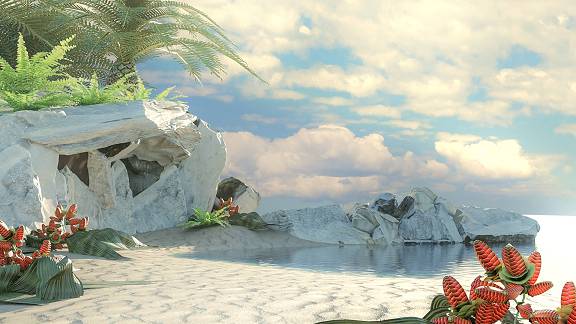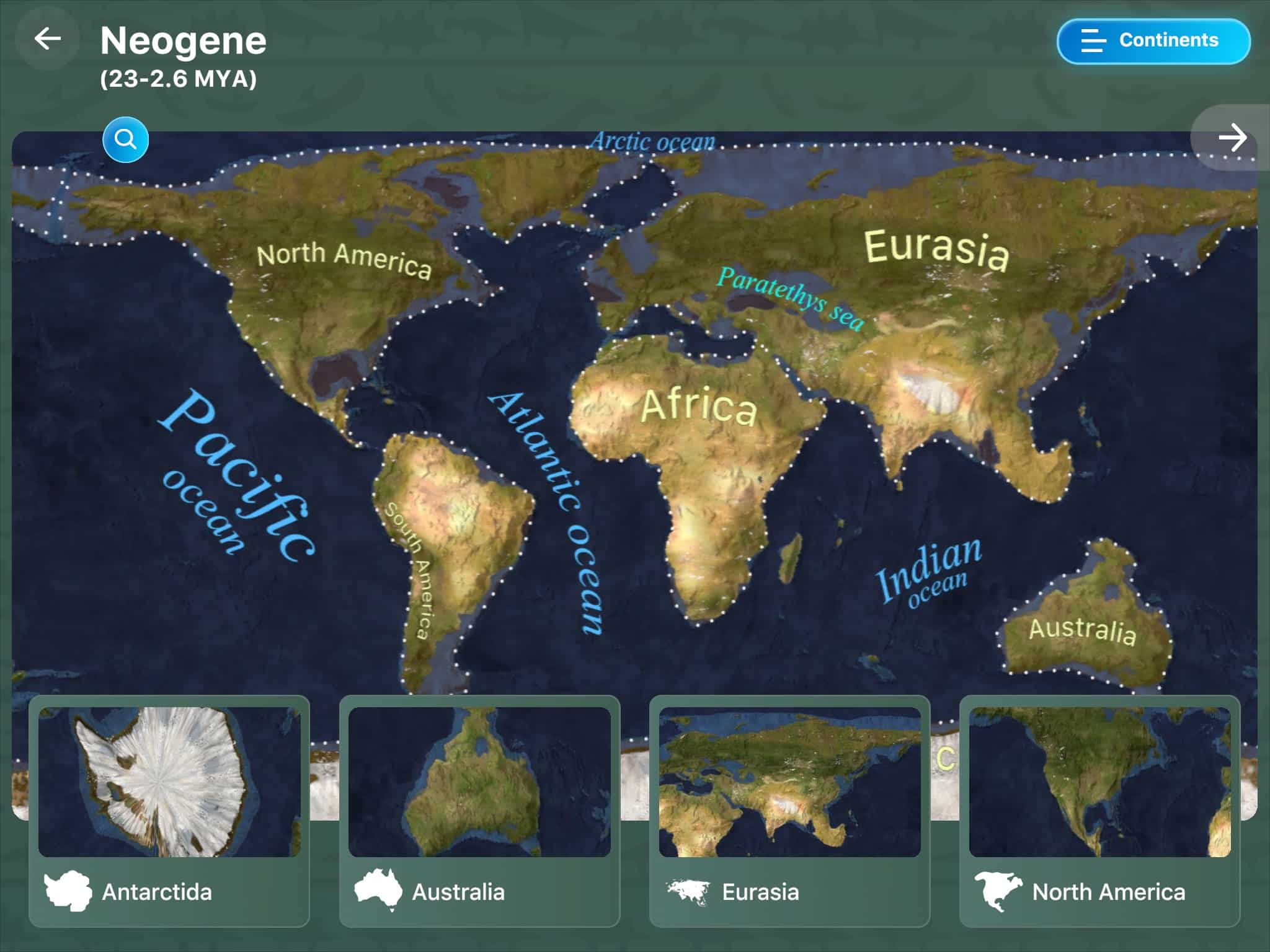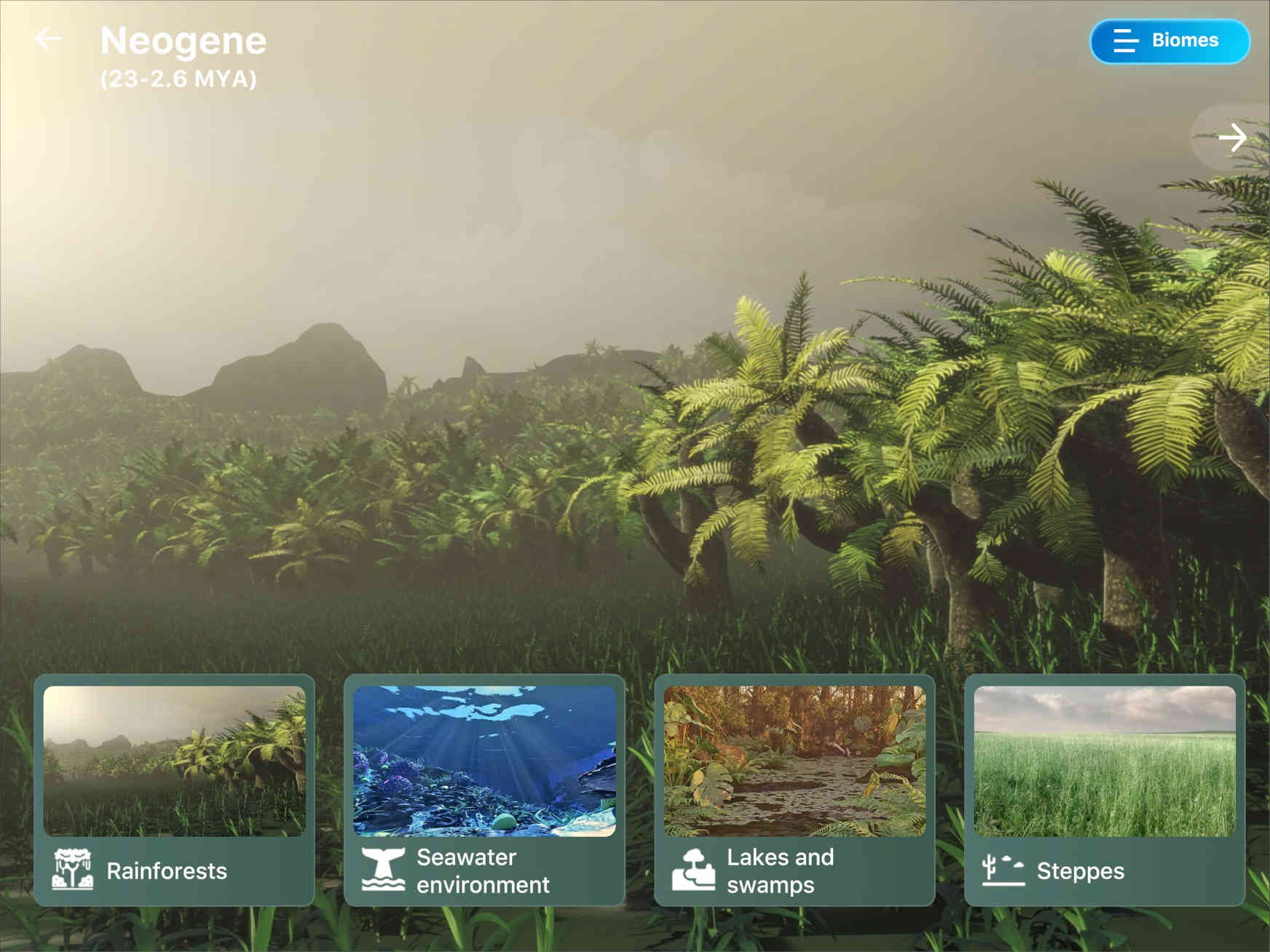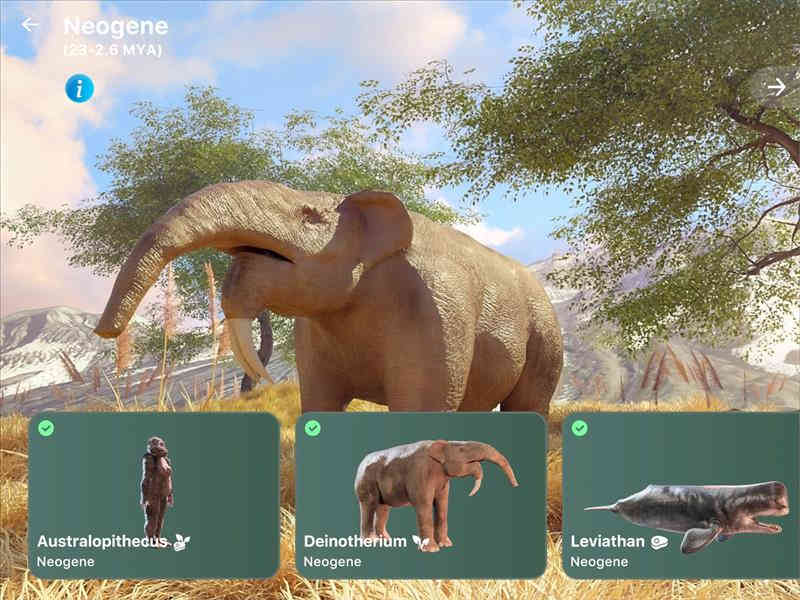Floodplains
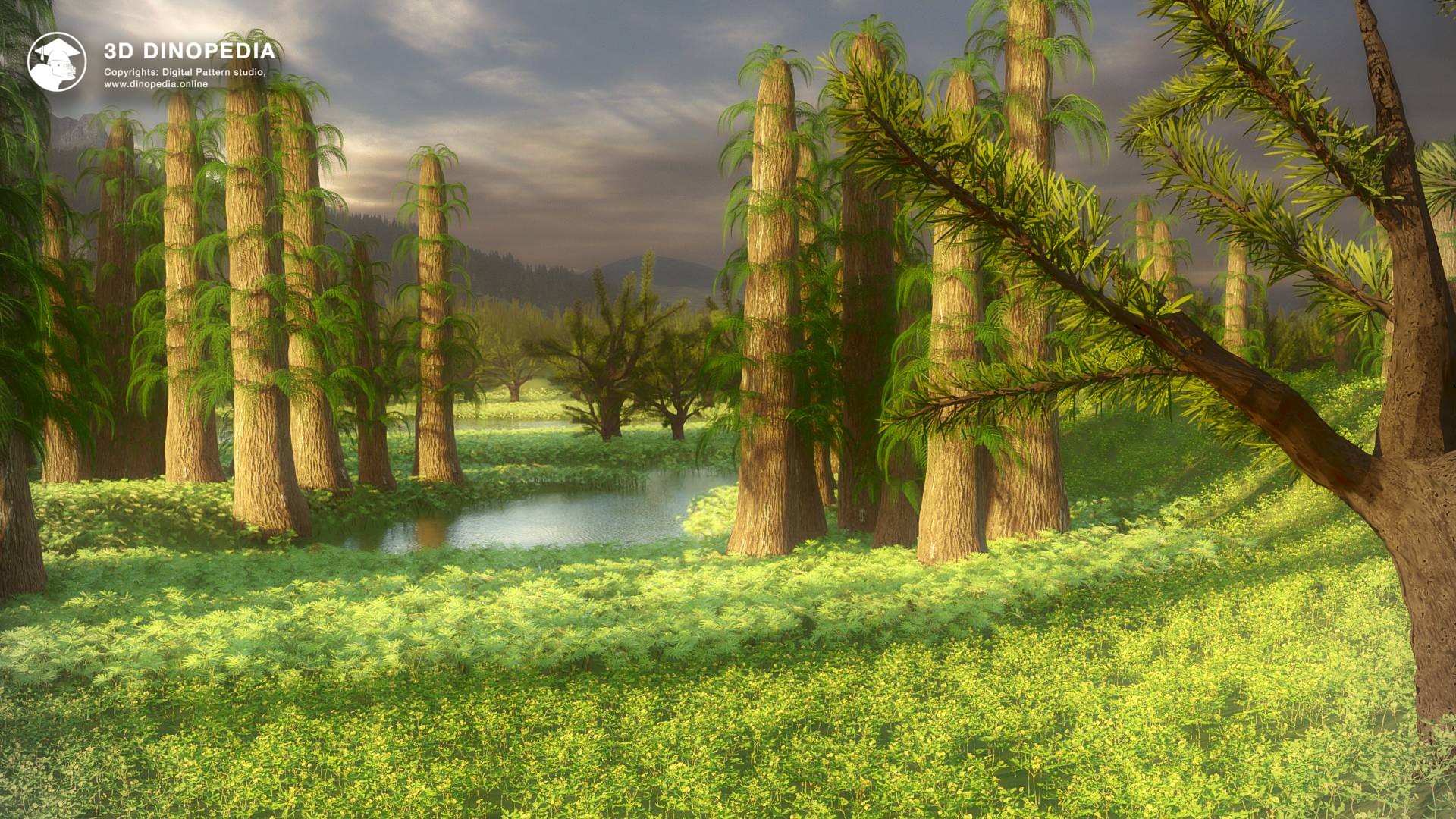
The Triassic period floodplain occupied vast spaces around rivers that threaded through the vast expanses of the supercontinent Pangea. Mainly, this biome was composed of moist, fertile valleys with abundant vegetation and diverse wildlife.
The plant life of that time included various species. Among the herbaceous plants, horsetails and ferns predominated, as well as green cushions of moss. The tree vegetation was mainly represented by seed plants - prickly conifers, palm-like cycads, and ginkgo. Tree horsetails have become rare. In addition, a unique tree plant, Sanmiguelia, possibly the oldest flowering one, formed on the fertile floodplain soils. The plants provided food for many herbivorous animals.
As in any other period, areas near bodies of water, surrounded by dense vegetation, were attractive to a variety of animals. Here, you could meet all key representatives of Triassic fauna. As in other places of the Triassic Earth, in the floodplains, you could meet numerous crocod...
The plant life of that time included various species. Among the herbaceous plants, horsetails and ferns predominated, as well as green cushions of moss. The tree vegetation was mainly represented by seed plants - prickly conifers, palm-like cycads, and ginkgo. Tree horsetails have become rare. In addition, a unique tree plant, Sanmiguelia, possibly the oldest flowering one, formed on the fertile floodplain soils. The plants provided food for many herbivorous animals.
As in any other period, areas near bodies of water, surrounded by dense vegetation, were attractive to a variety of animals. Here, you could meet all key representatives of Triassic fauna. As in other places of the Triassic Earth, in the floodplains, you could meet numerous crocod...
 3D BIOMES
3D BIOMES
